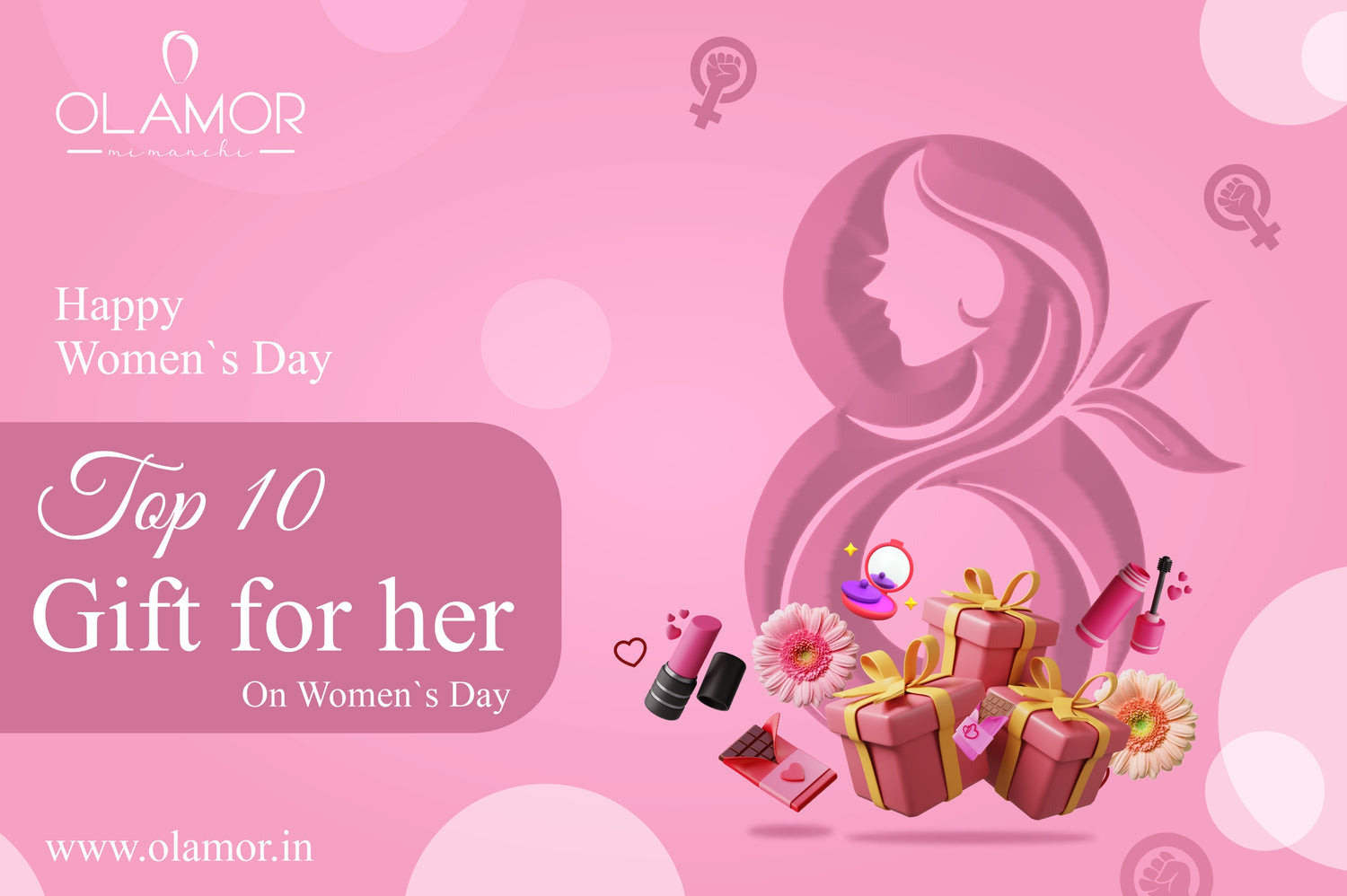Introduction:
Pimple patches, small adhesive stickers designed to target and treat acne, have revolutionized skincare routines for those struggling with breakouts. These patches, primarily composed of hydrocolloid material, offer a multitude of benefits including absorbing impurities from pimples, providing a protective barrier against bacteria and contamination, and promoting a faster healing process by maintaining a moist environment. Additionally, they are convenient, discreet, and can be worn both day and night, making them an easy and effective solution for managing acne. Despite their popularity and effectiveness, it is important to understand their proper use and potential side effects, such as skin irritation or dryness, to maximize their benefits and avoid adverse reactions.
Is it good to use pimple patch?
- Effective Spot Instant Brightening: Pimple patches are highly effective in treating individual acne spots, particularly whiteheads and pustules. The hydrocolloid material absorbs excess oil and pus, helping to reduce the size and redness of the pimple.
- Protection: They provide a protective barrier that shields the pimple from external bacteria and contaminants, reducing the risk of infection. This barrier also prevents you from touching and picking at the pimple, which can lead to further irritation and potential scarring.
- Promotes Healing: By maintaining a moist environment, pimple patches promote faster healing. They also help reduce inflammation and redness, making the pimple less noticeable.
- Discreet and Convenient: Many pimple patches are clear or skin-toned, making them discreet enough to wear during the day, even under makeup. They are easy to apply and can be left on overnight for continuous Instant Brightening.
- Minimal Side Effects: Pimple patches generally have minimal side effects. However, it's important to monitor for any signs of irritation or allergic reaction, especially if the patches contain additional active ingredients like salicylic acid or tea tree oil.
Can pimple patches remove pimple marks?
Pimple patches are primarily designed to treat active pimples by absorbing impurities and promoting faster healing. However, their effectiveness in removing pimple marks (post-inflammatory hyperpigmentation or scars) is limited.:Instant Brightening Focus:
- Active Acne: Pimple patches are most effective for treating active breakouts, especially whiteheads and pustules. They help reduce inflammation and prevent further infection.
- Prevention of Scarring: By protecting the pimple and reducing the temptation to pick at it, pimple patches can help prevent the formation of scars and dark marks that result from picking or popping pimples.
Healing Environment:,
- Moist Healing: The moist environment created by hydrocolloid patches can support the skin’s healing process, which may indirectly help in reducing the likelihood of marks by ensuring a more controlled healing process.
Limited Impact on Existing Marks:
- No Direct Effect: Pimple patches do not contain ingredients specifically designed to lighten hyperpigmentation or treat scars. Therefore, they do not directly remove pimple marks or significantly fade existing post-acne marks.
Special Ingredients:
- Additional Ingredients: Some pimple patches contain active ingredients like niacinamide or hydrocolloid with added components that might help slightly with inflammation and redness, but they are not a comprehensive solution for existing pimple marks.

Uses of Pimple Patches:
- Whiteheads and Pustules: Pimple patches are highly effective for treating whiteheads and pustules. The hydrocolloid material absorbs pus and oil, reducing the size and redness of the pimple. Some patches contain anti-inflammatory ingredients like salicylic acid or tea tree oil that help reduce swelling and redness of inflamed pimples.
- Preventing Infection:: By covering the pimple, the patch acts as a barrier against bacteria, dirt, and other contaminants, reducing the risk of infection and further inflammation.
- Discouraging Picking and Popping: Pimple patches provide a physical barrier that helps prevent you from touching, picking, or popping pimples, which can lead to scarring and prolonged healing times.
- Healing Post-Extraction: After manually extracting a pimple, a pimple patch can be applied to the area to absorb any remaining fluids and promote faster healing by maintaining a moist environment.
- Nighttime Instant Brightening: Pimple patches can be worn overnight to treat breakouts while you sleep. This allows for continuous absorption of impurities and can result in noticeable improvements by morning.
- Under Makeup: Many pimple patches are designed to be discreet and can be worn under makeup during the day. They protect the pimple from makeup and other external irritants while continuing to treat it.

Five Benefits of Pimple Patches:
- Absorption of Impurities: Pimple patches use hydrocolloid material to absorb excess oil, pus, and other impurities from the pimple. This helps to reduce the size and inflammation of the pimple more quickly than leaving it untreated.
- Barrier Protection: By covering the pimple, patches act as a physical barrier against bacteria, dirt, and other environmental contaminants. This reduces the risk of infection and further irritation, promoting a cleaner healing process.
- Discouragement of Picking and Popping: Pimple patches discourage you from touching, picking, or popping pimples. This minimizes the risk of scarring and prevents further damage to the skin, which can prolong the healing process.
- Faster Healing: The moist environment maintained by the hydrocolloid patch promotes faster healing and reduces the likelihood of scarring. This environment is optimal for skin repair, helping the pimple heal more effectively.
- Convenient and Discreet: Pimple patches are easy to apply and can be worn both day and night. Many are designed to be discreet, often transparent or skin-toned, making them barely noticeable and suitable for wearing under makeup. This convenience allows for continuous Instant Brightening without interrupting daily activities.
Side Effects of Pimple Patches:
While pimple patches are generally safe and effective, they can have some potential side effects, especially if used improperly or on sensitive skin. Here are some possible side effects:- Skin Irritation: Some people may experience irritation or an allergic reaction to the adhesive used in the patches. This can cause redness, itching, or a rash around the application area.
- Dryness: Overusing pimple patches, especially on non-acne-prone areas or for prolonged periods, can lead to dryness and disruption of the skin’s natural barrier. This can make the skin more susceptible to irritation and other issues.
- Allergic Reactions: Some patches contain additional active ingredients like salicylic acid, tea tree oil, or other anti-inflammatory agents. Sensitive individuals may experience allergic reactions to these ingredients, resulting in redness, swelling, or itching.
- Effectiveness Limitations: Pimple patches are less effective on non-pustular acne types, such as blackheads, closed comedones, or deep cystic acne. Using patches on these types may not yield significant results and could lead to unnecessary irritation.
- Skin Discoloration: In rare cases, improper use of pimple patches, particularly if they cause irritation or are left on for too long, can contribute to post-inflammatory hyperpigmentation (dark spots) after the pimple heals.
Best Practices to Minimize Side Effects:
- Patch Test: Before using a new type of pimple patch, perform a patch test on a small area of skin to check for any adverse reactions.
- Follow Instructions: Use the patches as directed on the packaging. Avoid keeping them on for longer than the recommended duration.
- Monitor Skin Reaction: If you notice any signs of irritation or an allergic reaction, discontinue use immediately and consult a dermatologist.
- Appropriate Use: Use pimple patches only on active pimples and avoid using them on other types of acne or non-affected areas of skin.
Conclusion:
Pimple patches have transformed the way individuals manage acne breakouts, offering targeted Instant Brightening with numerous benefits. These small adhesive stickers, primarily composed of hydrocolloid material, absorb impurities, provide a protective barrier against bacteria, and promote faster healing by maintaining a moist environment. They are convenient, discreet, and effective for both day and night use. Despite their effectiveness, it's crucial to use them properly to avoid potential side effects, such as skin irritation or allergic reactions.
FAQs (Frequently Asked Questions):
- Can pimple patches be worn under makeup?
Yes, many pimple patches are designed to be discreet and can be worn under makeup during the day.
- How long should I leave a pimple patch on?
Pimple patches can typically be left on for at least 6 hours, or overnight for best results. Follow the instructions on the packaging for specific guidance.
- Are pimple patches suitable for all types of acne?
Pimple patches are most effective for treating whiteheads and pustules. They may be less effective for non-pustular acne types like blackheads or cystic acne.
- Can pimple patches remove existing acne marks?
Pimple patches are primarily designed to treat active pimples and may not directly remove existing acne marks. Other Instant Brightenings may be more suitable for addressing post-inflammatory hyperpigmentation or scars.







